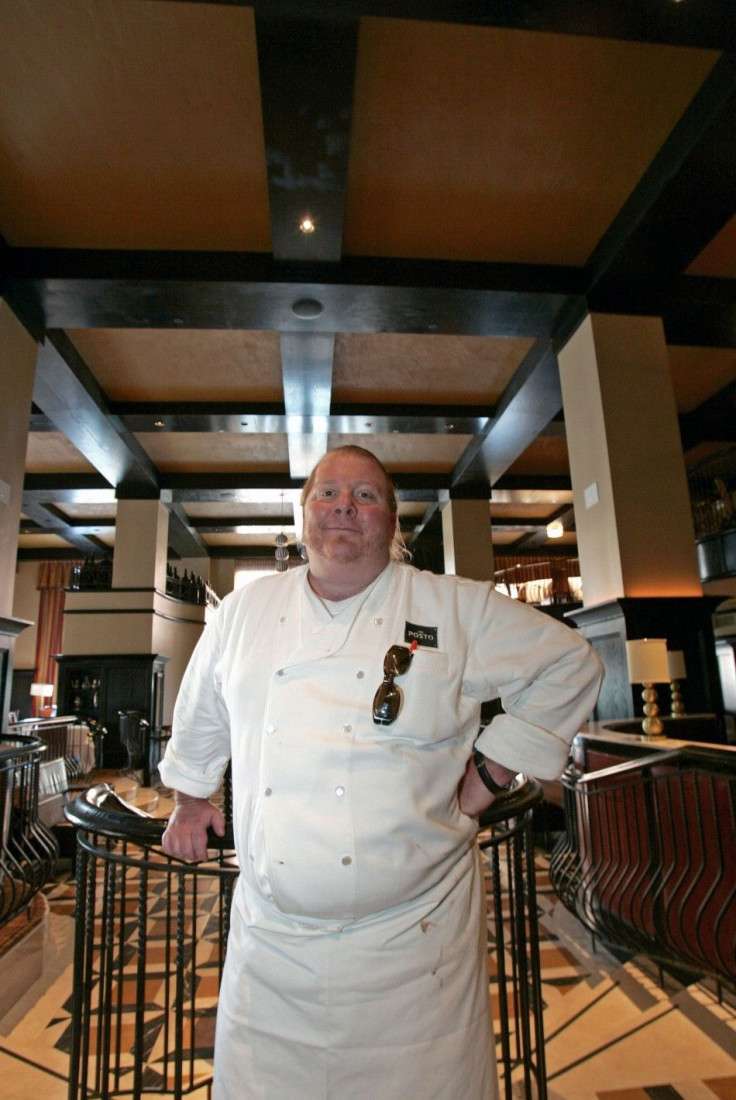Batali's Del Posto Tops Most Expensive Meal List

New York City food critics are taking a critical eye to the explosive prices found at some of the city's legendary restaurants.
Bloomberg's Ryan Sutton published a list of the most expensive prix-fixe menus in New York City today, and Mario Batali's Meatpacking District Del Posto landed on top: The 12-course Collection dinner with mandatory wine pairings is $1,126 for two, is bite for bite the most expensive prix-fixe meal in the city.
This only slightly edges out famed sushi restaurant Masa, whose $450 prix-fixe menu does not include pairings -- after tax and tip the bill for two will be $1,142 for food only.
Yesterday, New York Times restaurant critic Sam Sifton made some waves when he reviewed Masa for the first time since Frank Bruni's 2004 rave, stripping it of one of the four stars granted by his predecessor.
Masa's prices were to blame. Sifton described the restaurant as stupendously expensive, and opened his review (which was a year in the making) with a question not often enough directed at top echelon restaurant experiences: Is it worth it?
A meal for two at the restaurant can easily run to $1,500 -- an amount that is a little more than 35 percent of the Census Bureau's most recent calculation of the median monthly household income in the United States, Sifton wrote.
Sutton, too, interrogates the cost of an unforgettable meal in NYC, taking aim at the practice of restaurants obfuscating true dollar amounts. Diners won't see faint-inducing prices on the menu, he says, but on the check:
Take David Chang's Momofuku Ko. The East Village spot offers a $125 menu -- which is fine if you don't tip, don't drink, don't bring company and have a diplomatic exemption from paying sales tax. For the rest of us, dinner at Ko will cost $317 for two after tax and 18 percent gratuity. If both of you do the $95 wine pairing, the price grows to $558.
Sutton's chart aims to take some of the guesswork out of a meal's cost. The table has three colums: One for the menu price of a prix-fixe meal, one for the expected amount of a check for two, and lastly the cost of a check for four.
In several cases, the final check amount is significantly higher than multiplying the prix-fixe amount by the number of diners.
For example, Charlie Palmer's Auereole offers a four-course tasting menu for $118, but dinner for four is a dollar shy of $600, over five times as much. (And again, in this case, the price does not include any beverages).
More problematic is Bouley's failure to tell customers that their set menu price has risen $50 in the last few months, Sutton reports, adding an unanticipated $100 to the price of a meal for two.
Are these esteemed restaurants sending a message that patrons of fine dining should be disregarding costs as immaterial to the experience? Is their unwillingness to explicitly and accurately present their pricing structure a subtle suggestion that pesky matters of affordability and value don't have a place at their coveted tables?
© Copyright IBTimes 2024. All rights reserved.






















